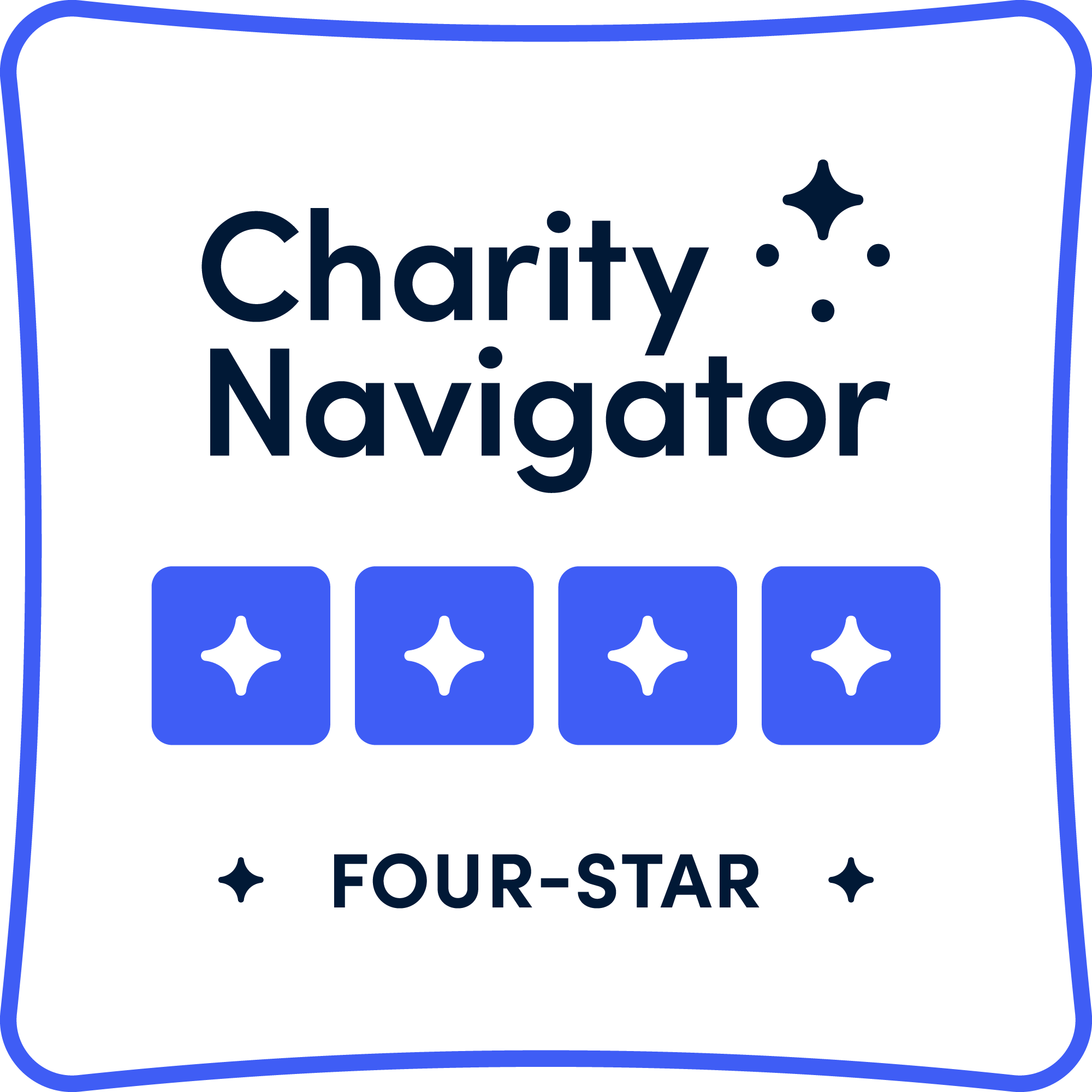Consumer Voice, AARP New Jersey, and the New Jersey Office of the State Long Term Care Ombudsman have released a report, Where Does All the Money Go? Exploring How New Jersey Nursing Homes Use Public Money. It examines related party spending in New Jersey from 2021- 2023, where nursing homes paid nearly $2 billion to companies they own and operate.
The report calls on federal and state regulators to strengthen financial transparency requirements, with a particular focus on related party transactions.



